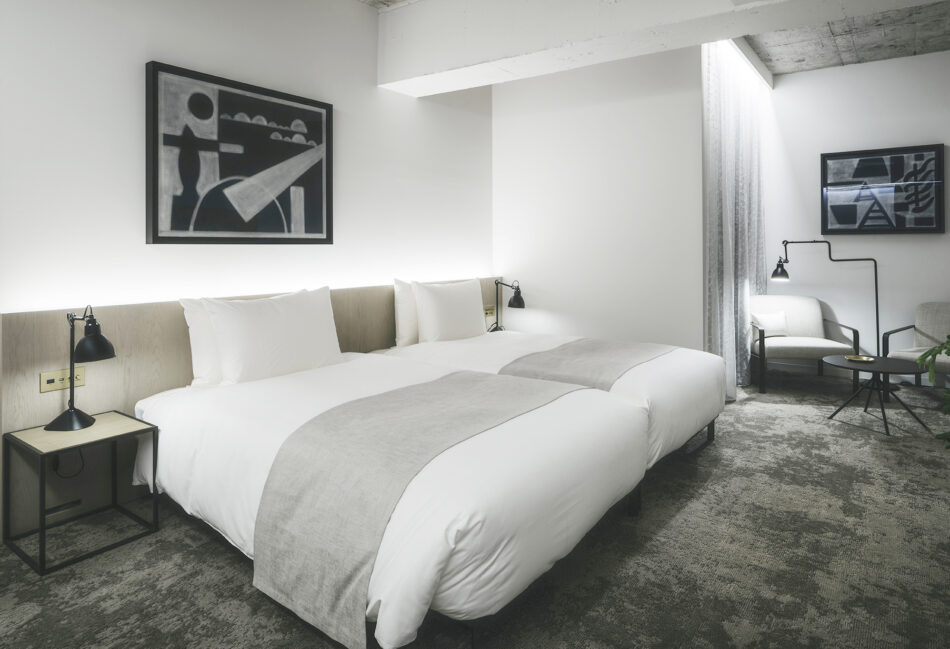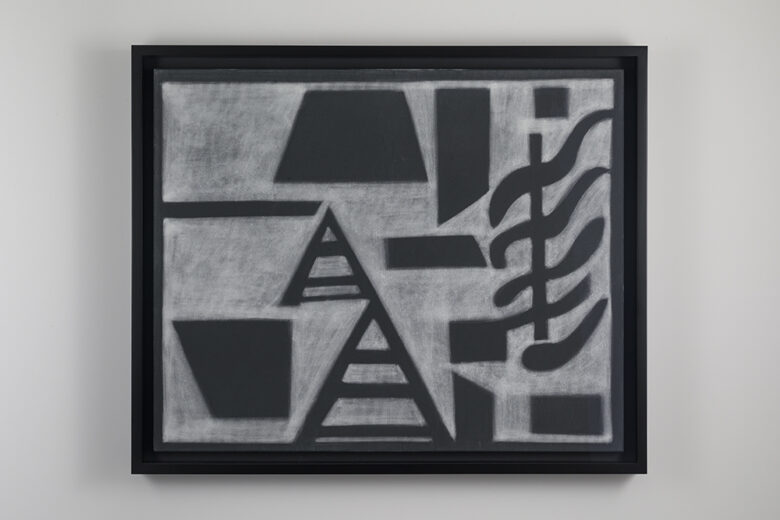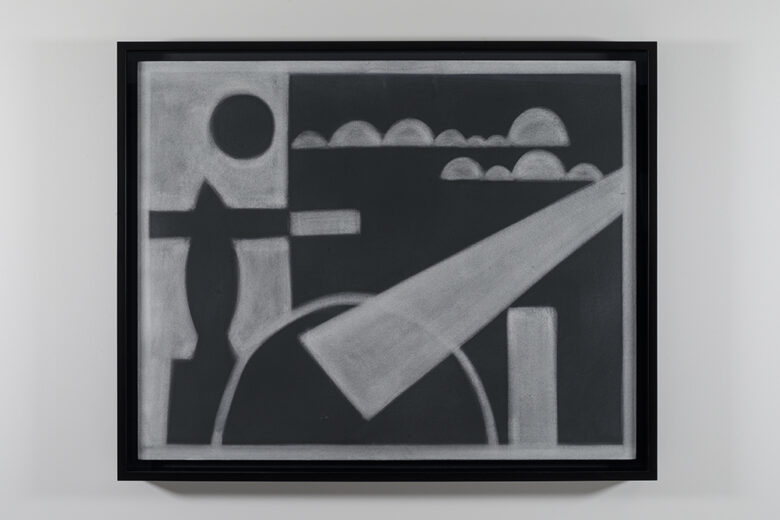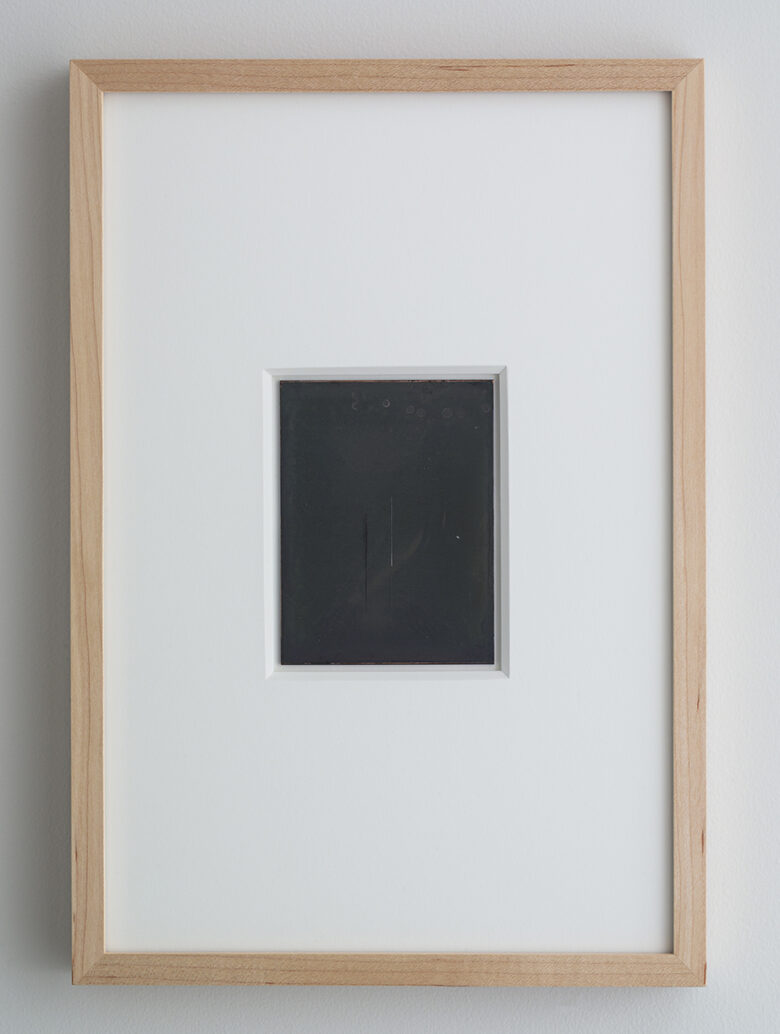ROOM 17 Silke Otto-Knapp / HANAKO MURAKAMI

- Tabe of Contents
Silke Otto-Knapp

Composition

Landscape (with moon and clouds)
Silke Otto-Knapp was born in Germany in 1970. She is now based in Los Angeles. She majored in Cultural Studies at the University of Hildesheim and received her MFA from Chelsea College of Art and Design, University of the Arts London. Her major solo exhibitions include In the Waiting Room (Renaissance Society, Chicago, 2020), Violets (Taka Ishii Gallery, Tokyo, 2018), and Bühnenbilder (Midway Contemporary Art, Minneapolis, 2017). Her major group exhibitions include Performer and Participant (Tate Modern, London, 2019), Liverpool Biennial 2018: Beautiful world, where are you?, and the 9th International Istanbul Biennial (2005). Her works are in the collections of institutions including the New York Museum of Contemporary Art, the Tate Modern, and the San Francisco Museum of Modern Art.
Silke Otto-Knapp is known for paintings with a unique sense of depth, created with watercolours on canvas and exploring imagery related to the history of theatre and modern dance. Her technique involves applying paint to the canvas and then removing or repositioning it, fostering the emergence of a planar yet complex pictorial space.By restricting herself to a monochrome palette, she also creates a unique sense of materiality that imparts an impression of compressed time and space in the manner of old black-and-white film negatives. Composition is named after a poetry magazine published by Kurt Schwitters (1887–1948). Schwitter was a Dadaist who pioneered the installation as art. His concept of the Normalbühne (normal theatre) envisaged a theatrical space in which abstract forms like cubes, balls, circles, and stairs served as stage apparatus to meet the needs of any script or play.
Otto-Knapp’s painting uses simple forms, depth, and illusion to create imagery that expresses diverse perspectives. Depending on the viewer’s own memories or experiences, it may suggest a cityscape, or perhaps everyday surroundings. It is an embodiment in pictorial space of the kind of space Schwitters sought to create.
HANAKO MURAKAMI

Untitled(ROC-P 19.5.15, I/Sp/C)
Hanako Murakami was born in 1984. After receiving her Bachelor of Literature from the University of Tokyo, she received her MA from the Tokyo University of the Arts, Department of New Media. She continued her studies for a year in Belgium with a government scholarship. With a grant from the Pola Art Foundation, she then moved to France, where she joined Le Fresnoy National Studio of Contemporary Art in 2014.
Her major solo exhibitions include The Capital Room: Beyond Three Dimensional Logical Pictures: Hanako Murakami (Gallery αM, Tokyo, 2015), ANTICAMERA (OF THE EYE) (Taka Ishii Gallery, Japan, 2016), and CRITERIUM 96: Hanako Murakami (Art Tower Mito, Ibaraki, 2019).
Her major group exhibitions include Tokyo Story (Tokyo Wonder Site, 2010), VOCA: The Vision of Contemporary Art (Ueno Royal Museum, Tokyo, 2017), Arles 2019: New Discovery Award (Les Rencontres de la photographie, Arles, 2019), and La Photo à l’épreuve de l’abstraction (FRAC Normandie Rouen, France, 2020).
Murakami is known for creating works using photographs and text based on in-depth research into the technologies and media of the past, including classical photography techniques and letterpress printing. This work uses iotype, a technique explored by William Henry Fox Talbot (1800-1877) before he invented the famous early photographic process of calotype. Iotype was an early result of the the experimental trial and error that led to the calotype’s invention. Now all but forgotten, it succeeded in capturing images, but was found impractical because its prints gradually faded when exposed to light. Since Talbot’s original apparatus is no longer extant, this work was created based on his notes and letters. In its images drawn in light yet gradually erased by light itself, this work encapsulates the dilemma of photography.

